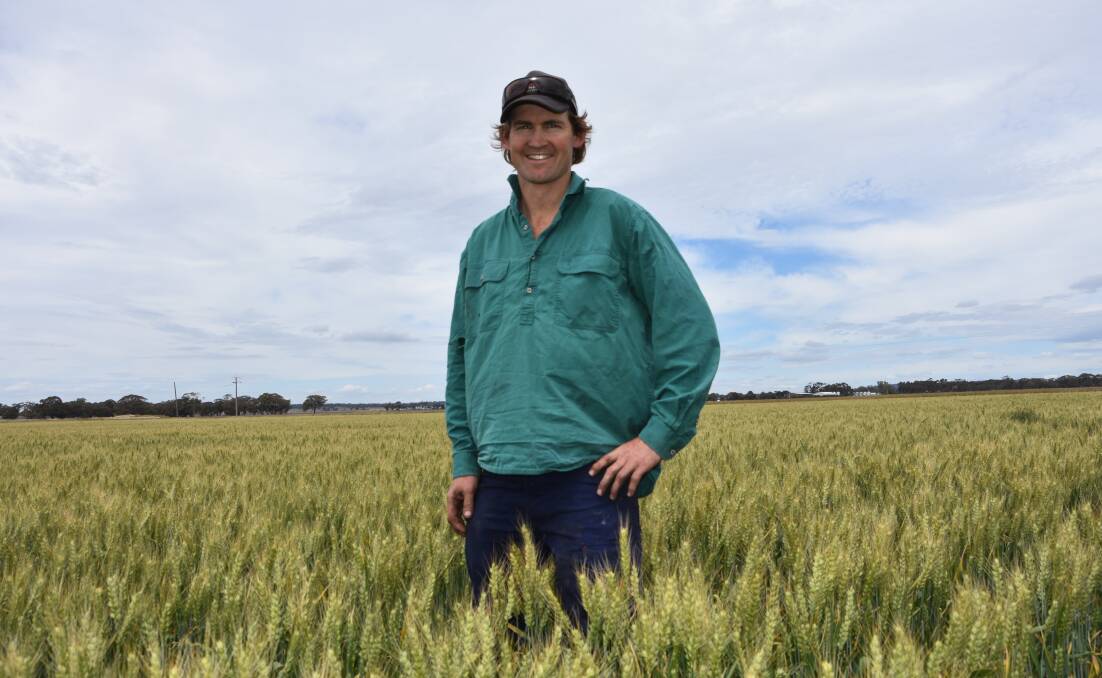
VICTORIAN farmers are slowly edging closer to harvest, with the cool spring meaning a long ripening period for crops.
Subscribe now for unlimited access.
or signup to continue reading
And while farmers are keen to see crops in the bin, especially given the forecast for a wet summer, the long wait is likely to be well worth it, with the cool conditions set to further boost yields already bolstered by good spring rain.
St Arnaud district farmer Ben Batters is quietly optimistic about crop prospects.
"We had a dry patch in late winter but the spring rain has been very good," Mr Batters said.
"The cool finish we are seeing at present is really helping. We've got wheat ripening and we're hopeful it will fill an extra row if the conditions stay favourable, which will be very good for yields," he said.
OTHER NEWS
"We're not sure if we will beat any records, but it is probably going to be close if things continue this way. It is well positioned to be one of our better seasons especially if the weather stays cool," he said.
Traditionally, the growing season in the eastern Wimmera ends around the end of October, but this year Mr Batters said there was still plenty of green in the flag leaf meaning further rain would be beneficial.
"Usually November rain is only of mixed benefit for us but if we get something over the next week or two it would still probably do the wheat some good - it wouldn't do the earlier crops any harm."

He said it was likely to be a late start to harvest.
"Unless we get a period of heat to really bring the crop in I wouldn't expect much to be happening before the end of the month," he said.
In the north there was good news, with NSW farmers reporting that rain last week had not caused crop damage.
In northern NSW, Oscar Pearse, Moree, said in spite of relatively heavy falls through the north of the state there was only very sporadic crop damage.
"I've heard of one case where wheat is not getting through a falling numbers test but in general the majority of the grain quality is still really good."
He said it was a patchy season, with storm-driven rain critical in determining final yields, but said even the lower yielding crops were still around average.
"There are spots where yields are as high as 8 tonnes a hectare compared to 2t/ha averages."
Did you know you can receive updates straight to your inbox? To make sure you're up-to-date with news from across the region, sign up below.
If you are seeing this message you are a loyal digital subscriber to the Wimmera Mail-Times, as we made this story available only to subscribers. Thank you very much for your support and allowing us to continue telling the Wimmera's story. We appreciate your support of local journalism.


